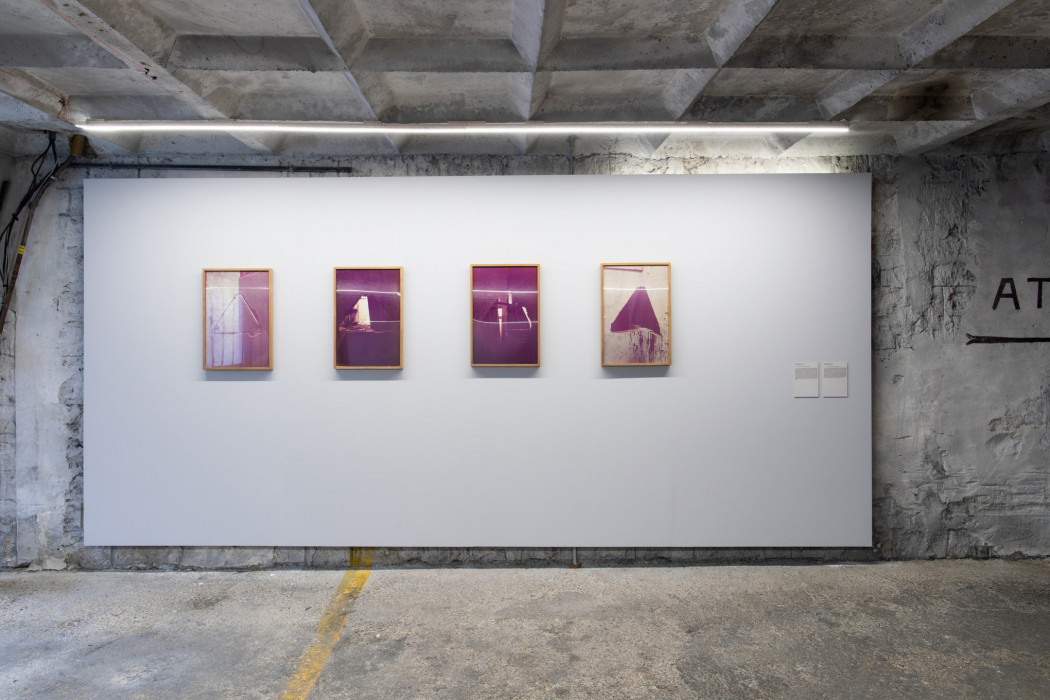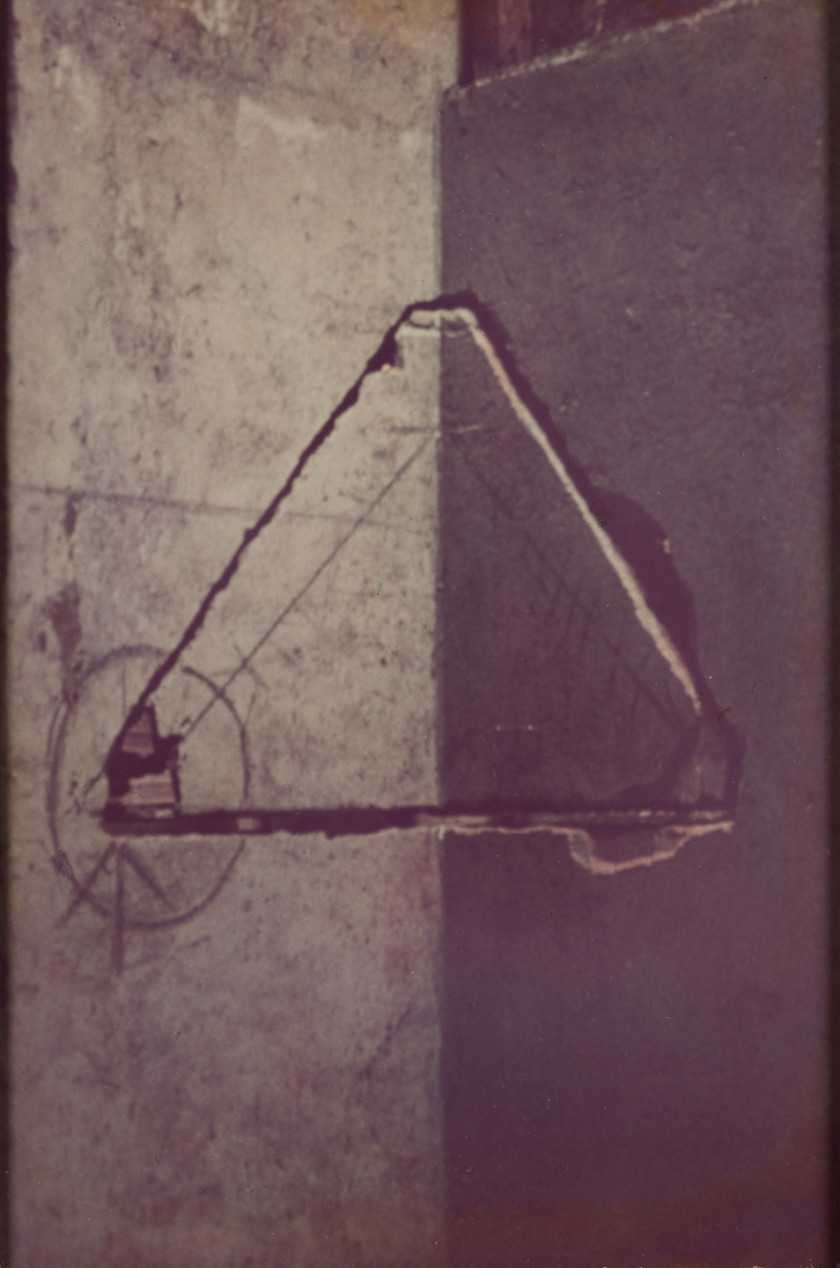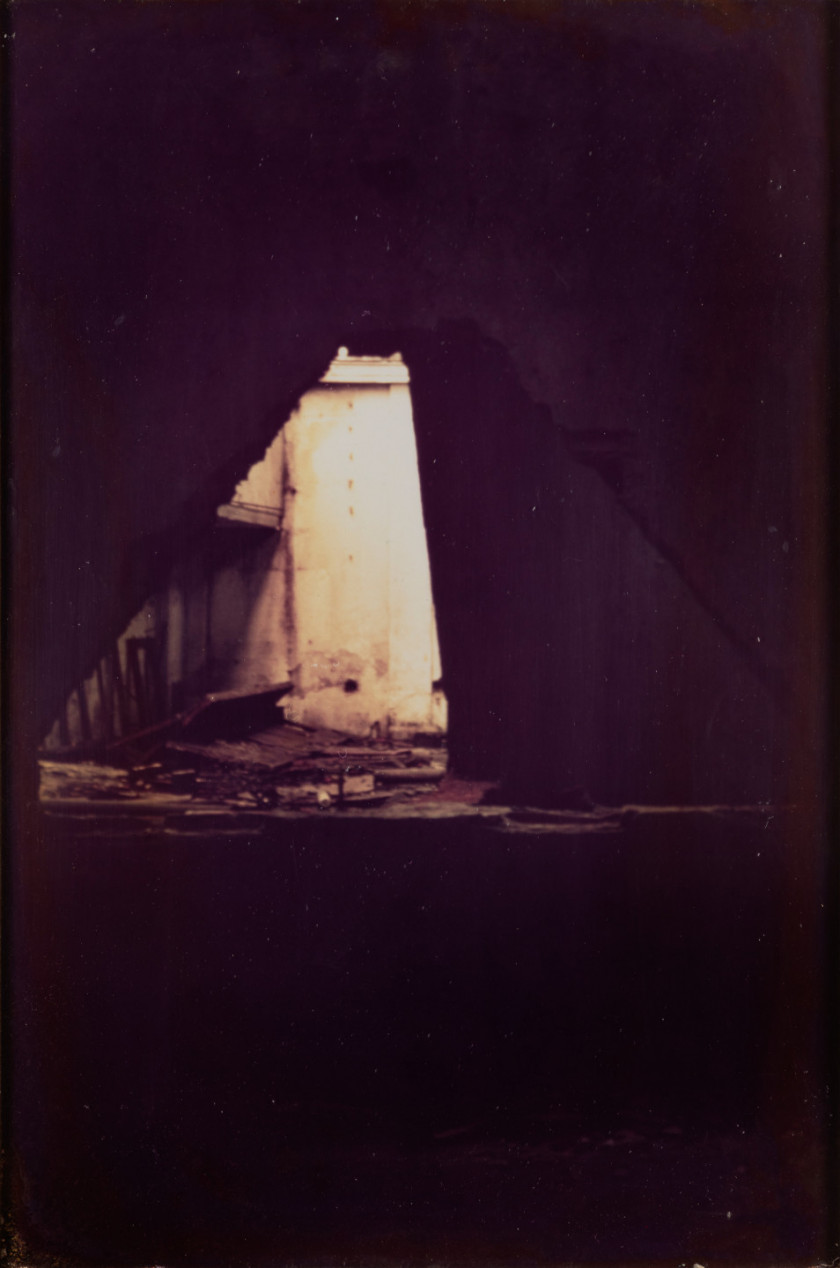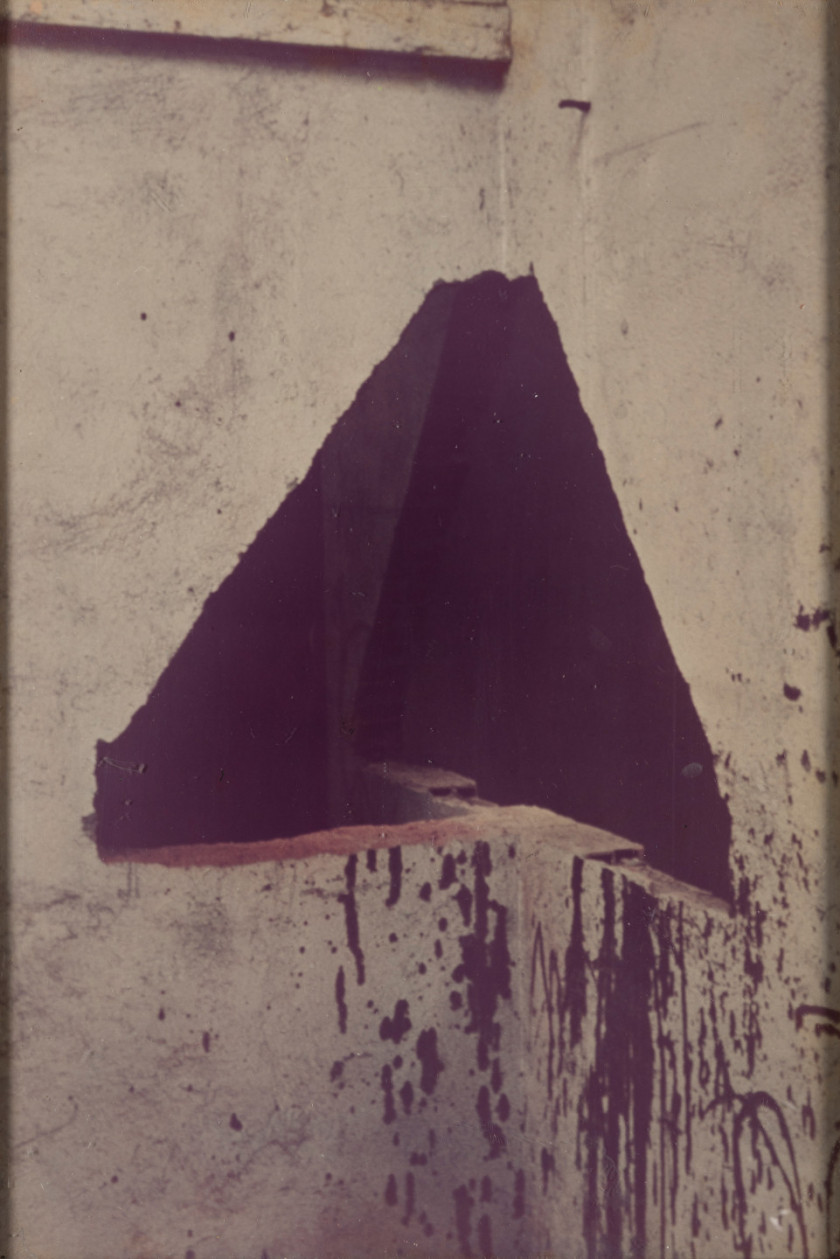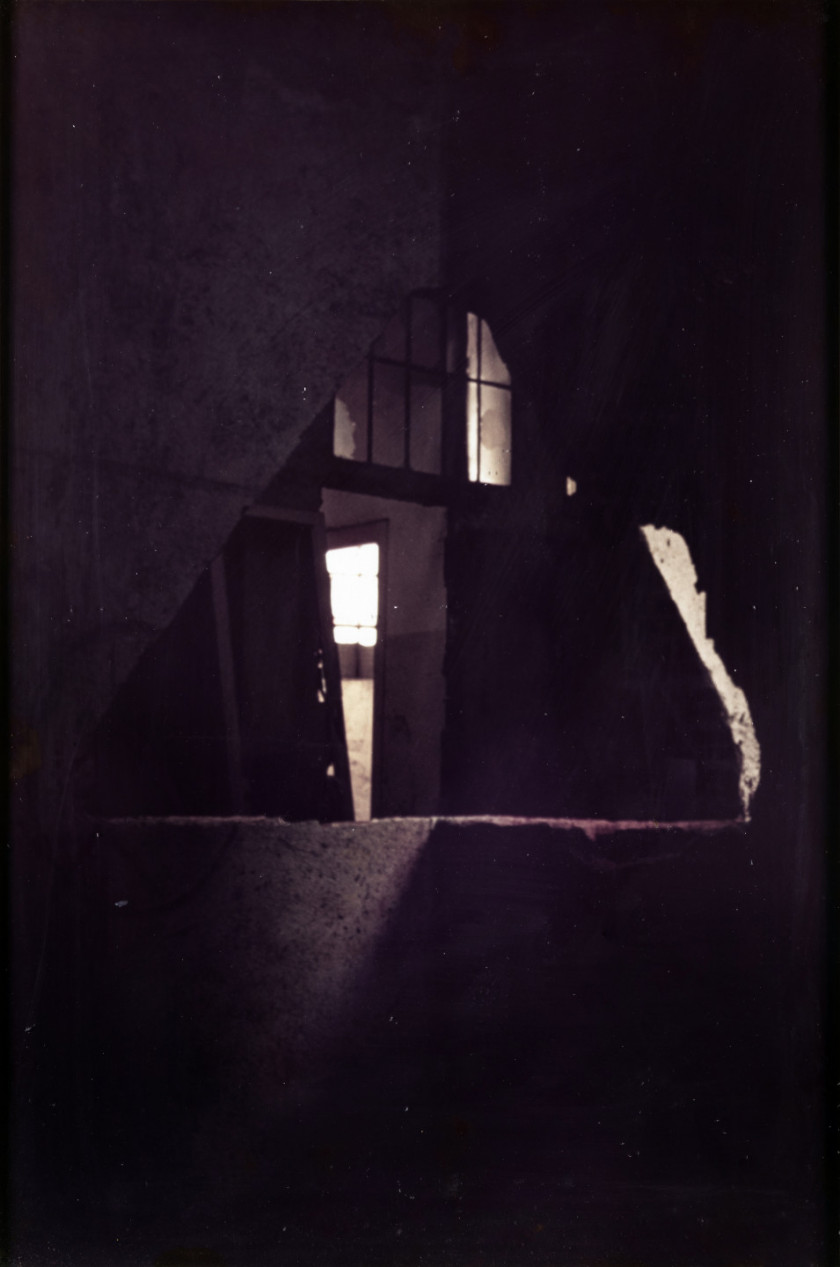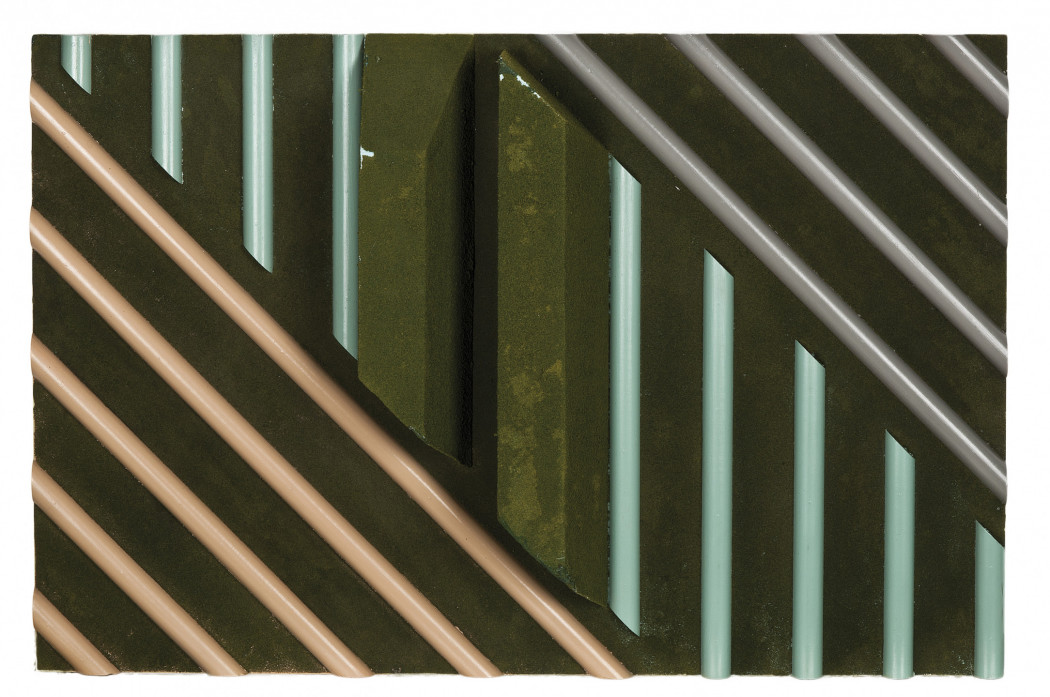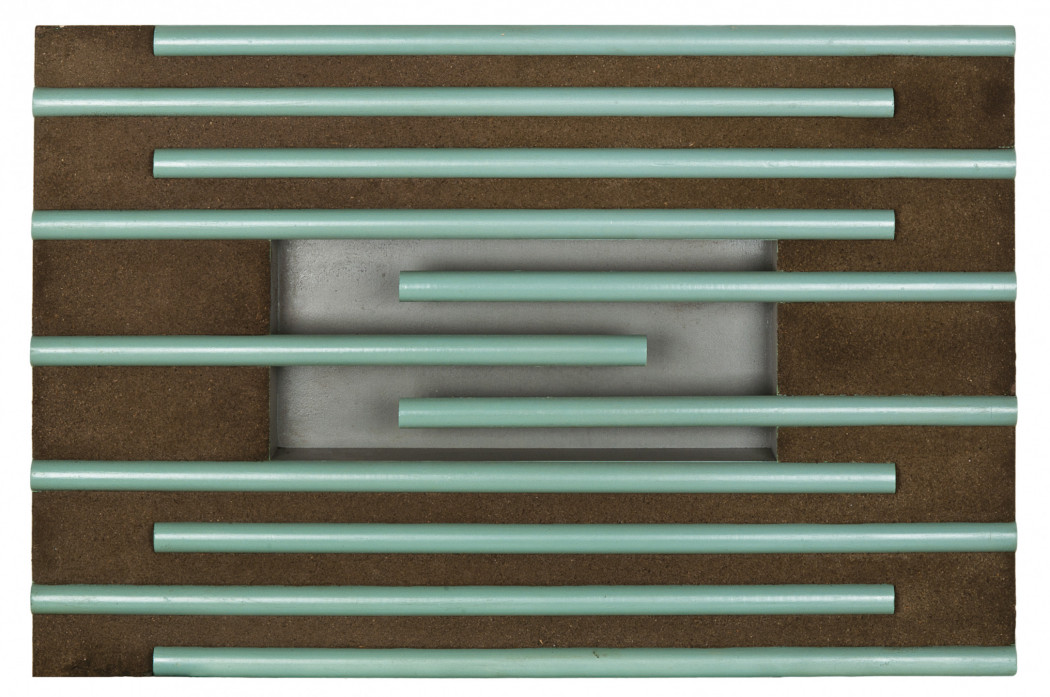The Artist
In a unique duo presentation, the groundbreaking artist Gordon Matta-Clark is presented in dialogue with Dennis Oppenheim. A rarely seen 1969 video shows the two at work on “Beebe Lake Ice Cut” (1969), one of Oppenheim’s signature “cuts”, at the Earth Art exhibition at Cornell, where Matta-Clark was Oppenheim’s student assistant. The video is the root of an exploration of the links between the practices of these two artists, who both worked with negative space in environmental interventions. The presentation features additional works by Matta-Clark (“Infraform”, 1973) and Oppenheim (“Ground System I and II”, 1968) to explore the mutual influence their collaboration had on their artistic practices.
Gordon Matta-Clark (New York 1943 - New York 1978) is primarily known for his “building cuts”. The American artist sliced up and carved abandoned structures about to be destroyed, including suburban homes in New Jersey and in the outskirts of New York City (“Splitting”, 1974, “Bingo”, 1974), or in central Paris (“Conical Intersect”, 1975), as well as industrial architectures (“Day’s End”, 1975) or commercial buildings (“Office Baroque”, 1977). His act of cutting serves as a metaphor, offering both critique and protest against culture, transcending architecture to address society at large. Matta-Clark’s now canonical work has been widely exhibited, including major retrospectives at Jeu de Paume, The Whitney and The Museum of Contemporary Art, Chicago. His work is held in collections including that of the Guggenheim, the Centre Pompidou, The Metropolitan Museum of Art and others.
Dennis Oppenheim (Electric City 1938 - New York 2011) worked in the 1960s at the intersection of Land Art, Body Art, video, and performance and was well known for his “cuts” — often performed in snowy fields or grassy meadows. The 1970s saw him create installations that questioned the nature of the artistic process, the self, and the concept of representation. In the 1980s, he used large-scale machine iconography in his sculptures as a metaphor for the thought process. The 1990s saw him develop metaphors from altered common forms. As Oppenheim began constructing larger, permanent public works, his art became architectural in scale and vision. He exhibited at MoMA PS.1, MAMCO, The Whitney, MAM Paris, and many other major museums.
The Gallery
Established in Monza in 1939, Montrasio Arte has long been committed to curating exhibitions that not only showcase the work of both historic and contemporary artists but
also offer critical insights and fresh perspectives on their often overlooked artistic journeys. By fostering dynamic dialogues across different generations, the gallery continually seeks
to challenge conventional narratives and spark new artistic discourse. Montrasio Arte took a pioneering step in 2007 by establishing the Harlem Studio Fellowship, an artist residency program based in New York City. The gallery’s collaboration with prominent national and international museums, institutions, as well as artists’ heirs and estates, is complemented by its robust work as a publishing house under Montrasio Arte Edizioni.
Information
Via di Porta Tenaglia, 1
20121 Milano MI
Italy
